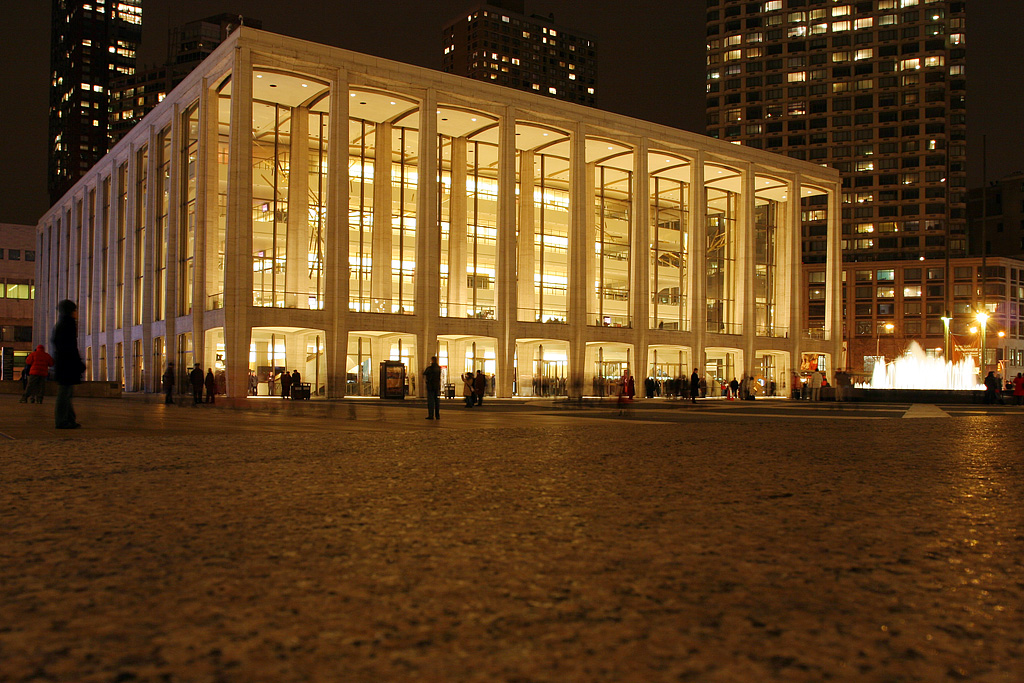Rethinking the Symphony

Earlier this year, the New York Philharmonic started distributing some recordings of their works through the iTunes music store. On its own, that’s not a particularly revolutionary achievement; These days, it seems downright obvious.
But what’s remarkable is the culture of respect for the artists and thoughtful consideration of the future of their genre that the Philharmonic’s president Zarin Mehta seems to have adopted as part of his embrace of new technologies. From a recent interview in Hemispheres magazine:
Q: Downloading from digital music jukeboxes is very popular. How did you arrange to use new media? A: In order to make our live performances available for downloading, we had to work out our musicians’ remuneration. Music distribution is a question of marketing. If people are not buying it in the thousands, you’re wasting your time. So we’re excited that our musicians agreed to a revenue-sharing deal, rather than a flat payment up front for the recording project, as has always been the case. I believe our orchestra is composed of very, very smart people who are aware that this appearance on the Web is the wave of the future.
What we did led the national musicians’ union to initiate negotiations with the orchestra community. Most other orchestras may be able to do what we’re doing. And revenue sharing could apply not just to new technology, but also to a new CD or DVD. The next thing I would hope to work out with the musicians is videocasts.
The emphasis above is mine: orchestra members are still typically paid on a flat payment basis for their performances on classical recordings, as a vestige of the current royalty scheme which is designed to reward composers. Those composers, of course, have often been dead for dozens or even hundreds of years, which weakens their bargaining position with the record labels somewhat.
There’s a modern counterpart here, too — the many stories of pop acts, especially R&B groups, ending up broke after selling millions of records are a vestige of the fact that the music business has never rewarded its participants based on the value that they bring to the table. From the standpoint of the music business, it’s a short step from being a member of TLC to being a first-chair violinist.
The good news is that Mehta also understands that improved distribution will benefit attendance at performances:
Until the advent of Web-based broadcasting, where did people hear concerts? On the radio, at the concert hall, or on CD. In the early days of television, in the ’60s, there was some exposure to classical music on regular shows—late-night talk shows or music variety shows. You had people like soprano Beverly Sills on the Tonight Show. You don’t see that anymore, so people have not been as exposed to it. But I think the Web is changing that. The fact that listeners can go to iTunes and see Madonna next to cellist Yo-Yo Ma says something.
(Thanks to Magnus for the image of Avery Fisher Hall, home of the Philharmonic.)